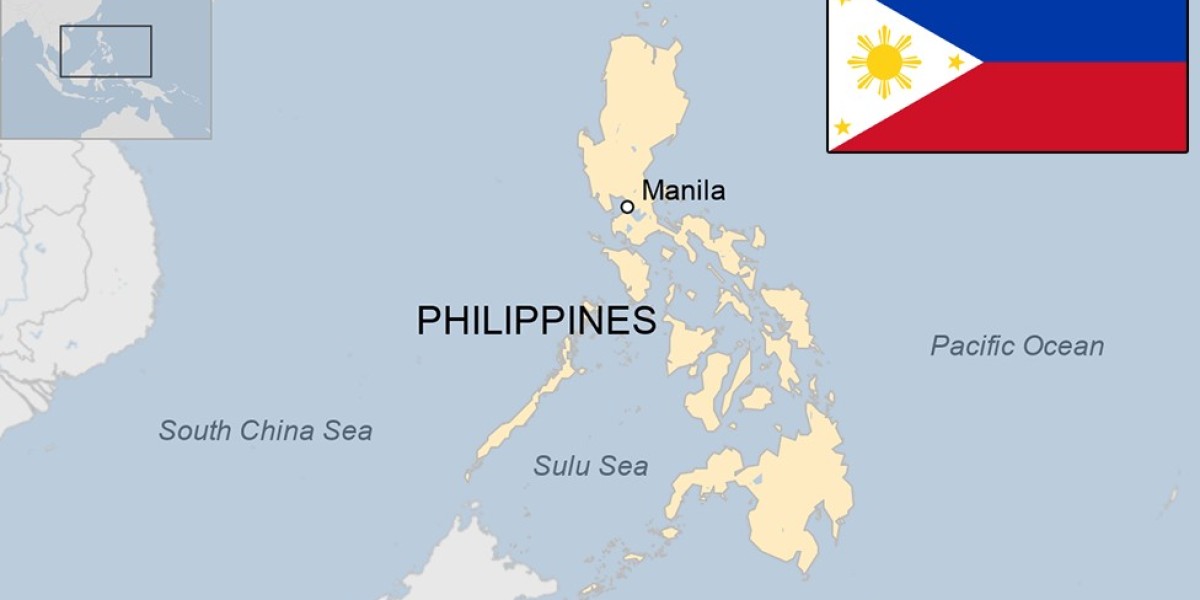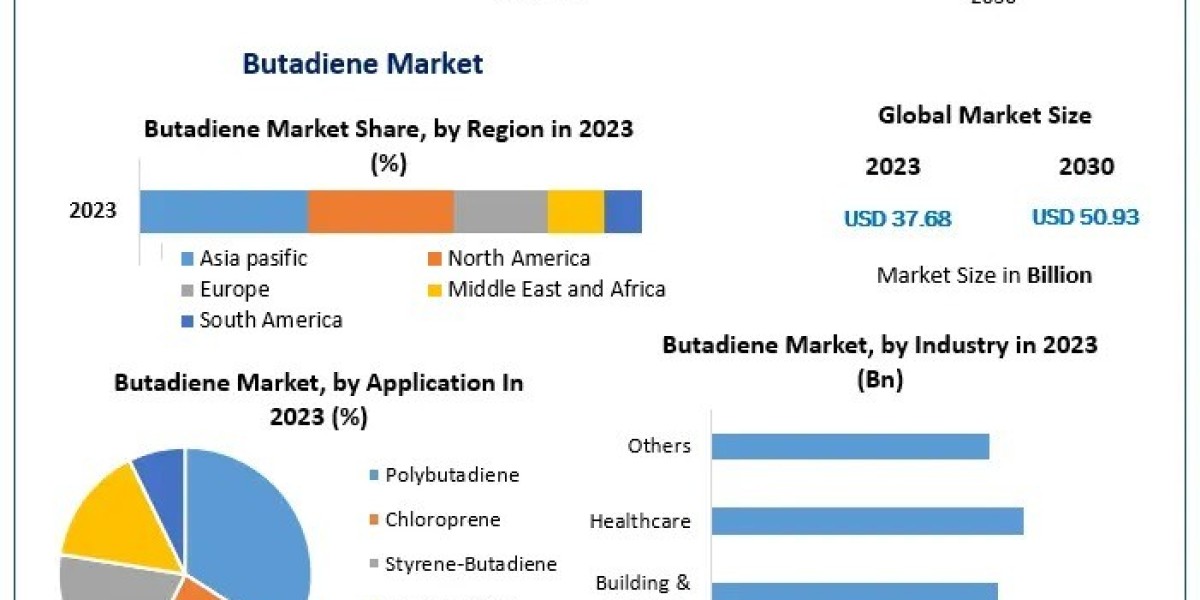The MBBS (Bachelor of Medicine, Bachelor of Surgery) admission process in the Philippines is popular among international students due to the high-quality education, affordable fees, and English-language medium of instruction. Here's a breakdown of the general steps involved in the admission process:
1. Eligibility Criteria
To apply for MBBS in the Philippines, you need to meet certain eligibility requirements:
- Educational Qualifications: A high school diploma or an equivalent qualification. For Indian students, a 12th grade with subjects like Physics, Chemistry, Biology, and English is essential.
- Age Limit: Students should typically be 17 years or older by the time they begin their MBBS course.
- Minimum Marks: Some universities require a minimum percentage in 12th grade (usually 50% or above) in subjects like Biology, Chemistry, and Physics.
- Language Proficiency: The course is conducted in English, so proficiency in the English language is expected (usually through school-level English education).
2. Choose a Recognized University
The Philippines has several universities offering MBBS programs that are recognized globally, including:
- University of the Philippines College of Medicine (UPCM)
- Manila Central University (MCU)
- University of Santo Tomas (UST)
- Our Lady of Fatima University (OLFU)
- Cebu Doctors University (CDU)
- Ateneo de Manila University (ADMU)
You should research each university's entry requirements, fees, and reputation before applying.
3. Entrance Exam (for Some Universities)
While some universities require students to appear for an entrance exam, others may offer direct admission based on academic qualifications. Entrance exams can include general knowledge, biology, chemistry, physics, and English.
- UMAT (University of Medicine Admission Test): Some universities may require an entrance exam like UMAT.
- Other Tests: Some may also conduct their own screening exams.
4. Application Process
- Online Application: Students are required to fill out an online application form on the university's official website. This usually includes personal information, academic records, and possibly a personal statement.
- Document Submission: Key documents include:
- High school/12th grade mark sheets
- Birth certificate
- Passport-sized photographs
- Proof of English language proficiency
- Valid passport
- Letter of recommendation (if required)
- Other documents, as specified by the university.
- Application Fees: Many universities charge a nominal fee for processing the application.
5. Completion of Pre-Medical Course
In the Philippines, the MBBS program is a Graduate Entry Course, meaning that you need to have completed a bachelor's degree before applying. Most students complete a Pre-Medical course (often a B.S. in Biology, Pharmacy, Nursing, or related subjects). This typically takes 3 to 4 years.
Students who have completed a bachelor's degree in fields like B.Sc. in Biology or B.Pharm are eligible for admission into the medical course.
After completing the pre-med course, students are then eligible to enter the MD program (Doctor of Medicine), which is the equivalent of MBBS.
6. Medical Course (MD Program)
After completing the pre-med course, students enter the Doctor of Medicine (MD) program which is the MBBS equivalent. This program is 4 years long and includes both theoretical and practical studies. During the MD program, students undergo:
- Classroom-based learning: Anatomy, Physiology, Biochemistry, Pharmacology, etc.
- Clinical Rotations: Hands-on experience in hospitals where students interact with patients under supervision.
7. Licensing Exam (FMGE or MCI Screening Test for Indian Students)
Once you complete the MBBS course, international students, particularly from India, need to pass the Foreign Medical Graduate Examination (FMGE) in order to practice medicine in India. The exam is conducted by the National Board of Examinations (NBE) in India.
- Clinical internship: Some universities also require a clinical internship as part of the MD program.
8. Visa Process
International students must apply for a student visa to study in the Philippines. Requirements for the student visa include:
- Valid passport
- Proof of admission from a recognized university
- Financial proof to show you can afford tuition and living expenses
9. Cost of Study
The cost of MBBS in the Philippines is affordable compared to other countries like the USA, UK, or Australia. Tuition fees can range from USD 3,000 to USD 5,000 per year, depending on the university. Living expenses in the Philippines are also relatively low.
10. Living and Accommodation
The Philippines has several student accommodation options, including hostels, university dorms, and private rentals. Most universities offer on-campus accommodation for international students.
Conclusion
The MBBS admission process in Philippines is straightforward and involves completing a pre-medical course followed by the MD program. It is essential to choose a recognized and accredited university, meet the eligibility requirements, and ensure you prepare for any necessary exams. The cost of education and living is comparatively low, making the Philippines a popular destination for medical studies.









